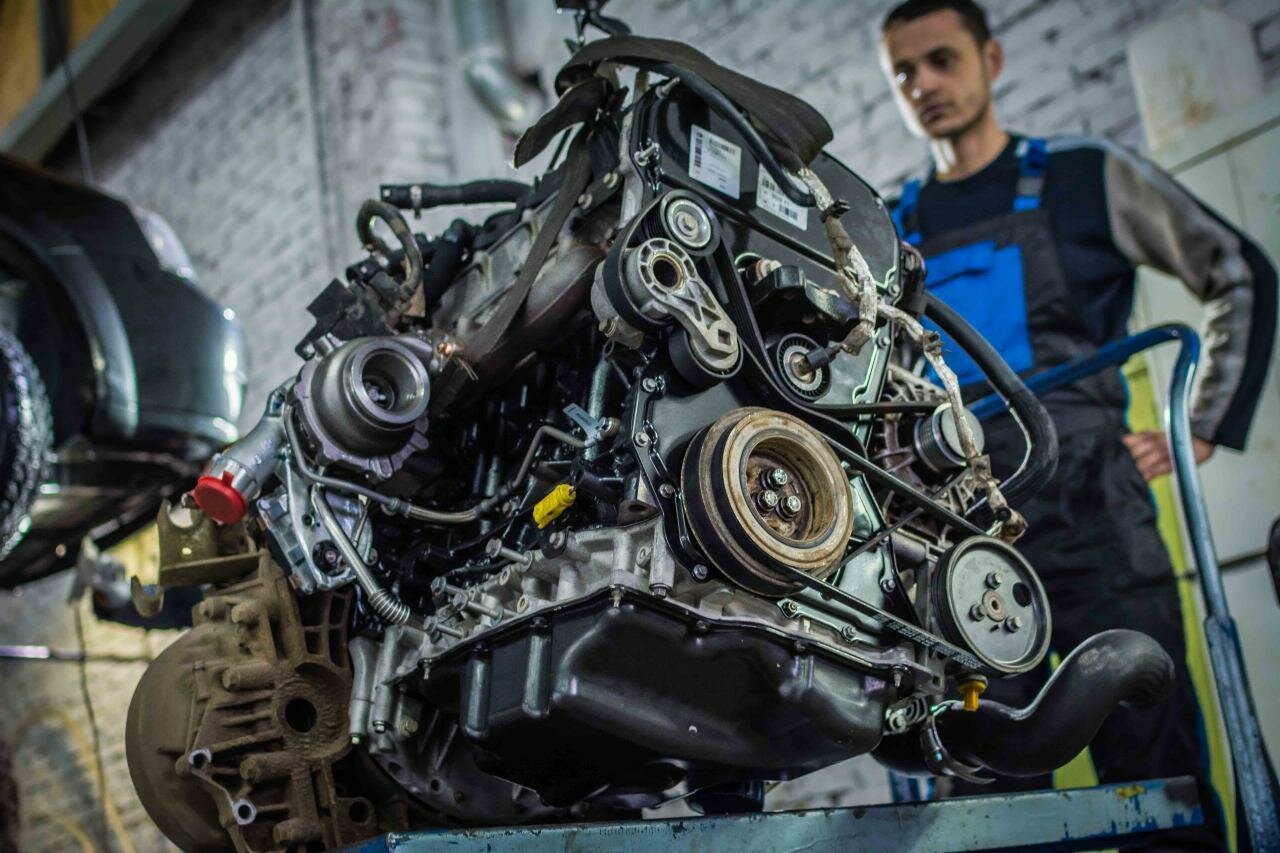Overview of the 2020 Chevy 1.5 Turbo Engine
A Brief History
The 2020 Chevy 1.5 Turbo engine is part of General Motors’ Ecotec family, which has a long-standing reputation for producing efficient and reliable powertrains. Introduced as a compact turbocharged engine, the 1.5-liter variant was designed to offer a balance between performance and fuel efficiency, catering to the needs of modern drivers who demand both power and economy. This engine has been utilized in various Chevrolet models, including the Malibu, Equinox, and Traverse, aiming to provide a smooth driving experience while maintaining competitive fuel consumption figures.
Despite its promising design and engineering, the 2020 Chevy 1.5 Turbo engine has not been without its issues. As the automotive industry increasingly shifts towards smaller, turbocharged engines to meet stringent emissions regulations and consumer demand for better fuel economy, the complexity of these engines can lead to a range of problems. The 1.5 Turbo engine, while innovative, has faced scrutiny from owners and automotive experts alike due to a series of reported issues that have raised concerns about its reliability and overall performance.
In the following sections, we will delve into the specific problems associated with the 2020 Chevy 1.5 Turbo engine. From engine performance issues to potential safety concerns, it is crucial for current and prospective owners to be aware of these challenges. Understanding these problems is essential for making informed decisions about vehicle maintenance and ownership.
Examining the Issues with the 2020 Chevy 1.5 Turbo Engine
Common Problems Reported
The 2020 Chevy 1.5 Turbo engine has been associated with several notable issues that have raised alarms among owners and automotive professionals. These problems can affect the engine’s performance, reliability, and overall driving experience. Below are some of the most frequently reported issues:
- Engine Stalling: Many drivers have reported instances of unexpected engine stalling, particularly during low-speed maneuvers or while idling. This can pose a significant safety risk, especially in busy traffic conditions.
- Oil Consumption: Excessive oil consumption has been a recurring complaint. Owners have noted that they need to add oil more frequently than expected, leading to concerns about engine wear and longevity.
- Overheating: Some users have experienced overheating issues, which can lead to severe engine damage if not addressed promptly. This problem often arises due to coolant leaks or malfunctioning thermostats.
- Turbo Lag: Drivers have reported noticeable turbo lag, which can affect acceleration and overall performance. This issue can be frustrating, particularly for those expecting a responsive driving experience.
- Check Engine Light: The check engine light frequently illuminates for various reasons, often linked to sensor malfunctions or issues with the engine management system.
Potential Causes of Engine Problems
Understanding the root causes of these problems can help owners take proactive measures. Some potential causes include:
- Poor Quality Control: Manufacturing defects or lapses in quality control during production can lead to various engine issues.
- Design Flaws: Certain design aspects of the engine may not perform as intended under real-world conditions, leading to premature wear or failure.
- Inadequate Maintenance: Failure to adhere to recommended maintenance schedules can exacerbate existing problems, leading to more severe engine issues.
Safety Concerns
While many of the problems associated with the 2020 Chevy 1.5 Turbo engine may seem minor, some can pose serious safety risks. Engine stalling, for instance, can lead to loss of power steering and braking assistance, making it difficult to control the vehicle. Overheating can result in catastrophic engine failure, potentially leaving drivers stranded or causing accidents.
Top views |
|
|---|---|
 |
Oil, Timing Chains, Pistons: What Really Kills an Engine Prematurely? |
 |
How to Choose a Car with a Reliable Engine: Used Car Market Hacks That Actually Work |
Symptoms and Consequences
To help owners identify potential issues early, the following table summarizes common symptoms and their associated consequences:
| Symptoms | Consequences |
|---|---|
| Engine stalling | Loss of control, increased accident risk |
| Excessive oil consumption | Potential engine wear, reduced lifespan |
| Overheating | Severe engine damage, breakdowns |
| Turbo lag | Reduced performance, frustrating driving experience |
| Check engine light activation | Indicates potential underlying issues, may lead to breakdown |




0 Comments